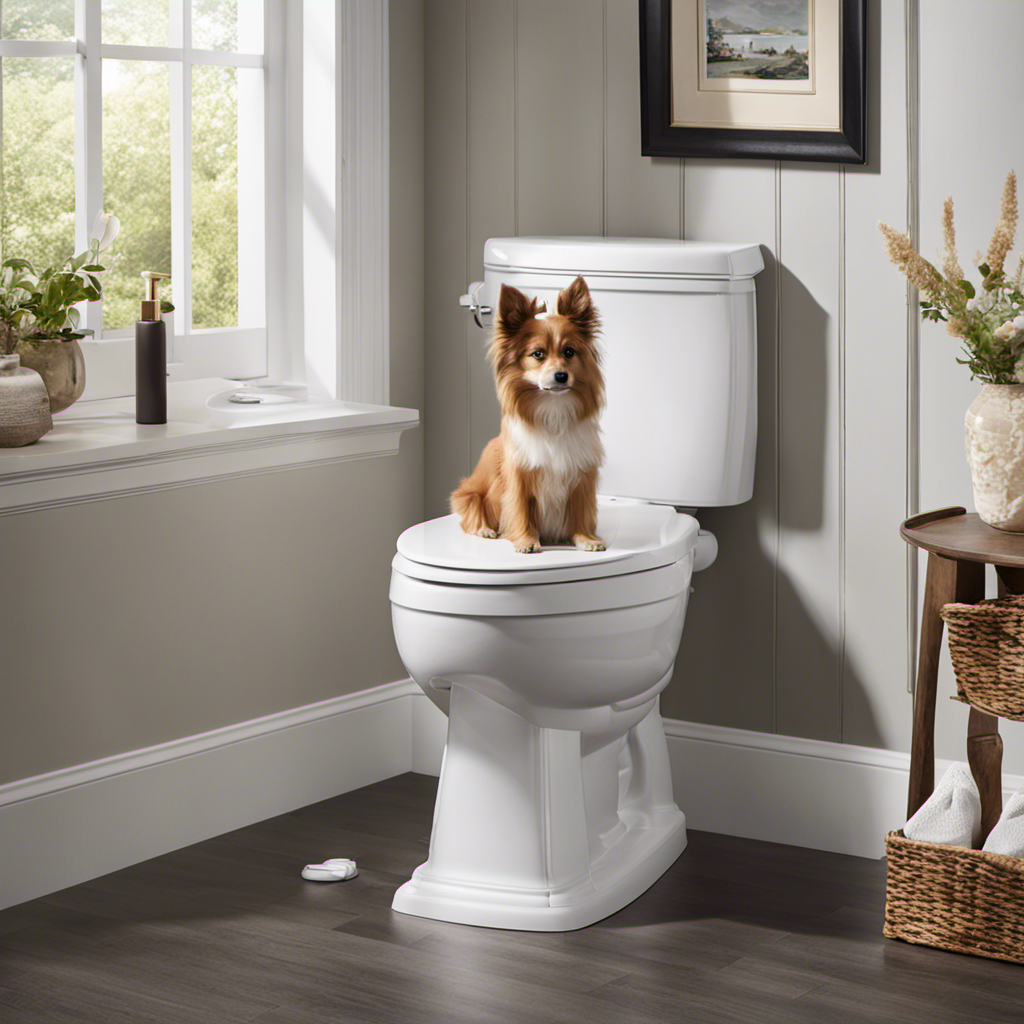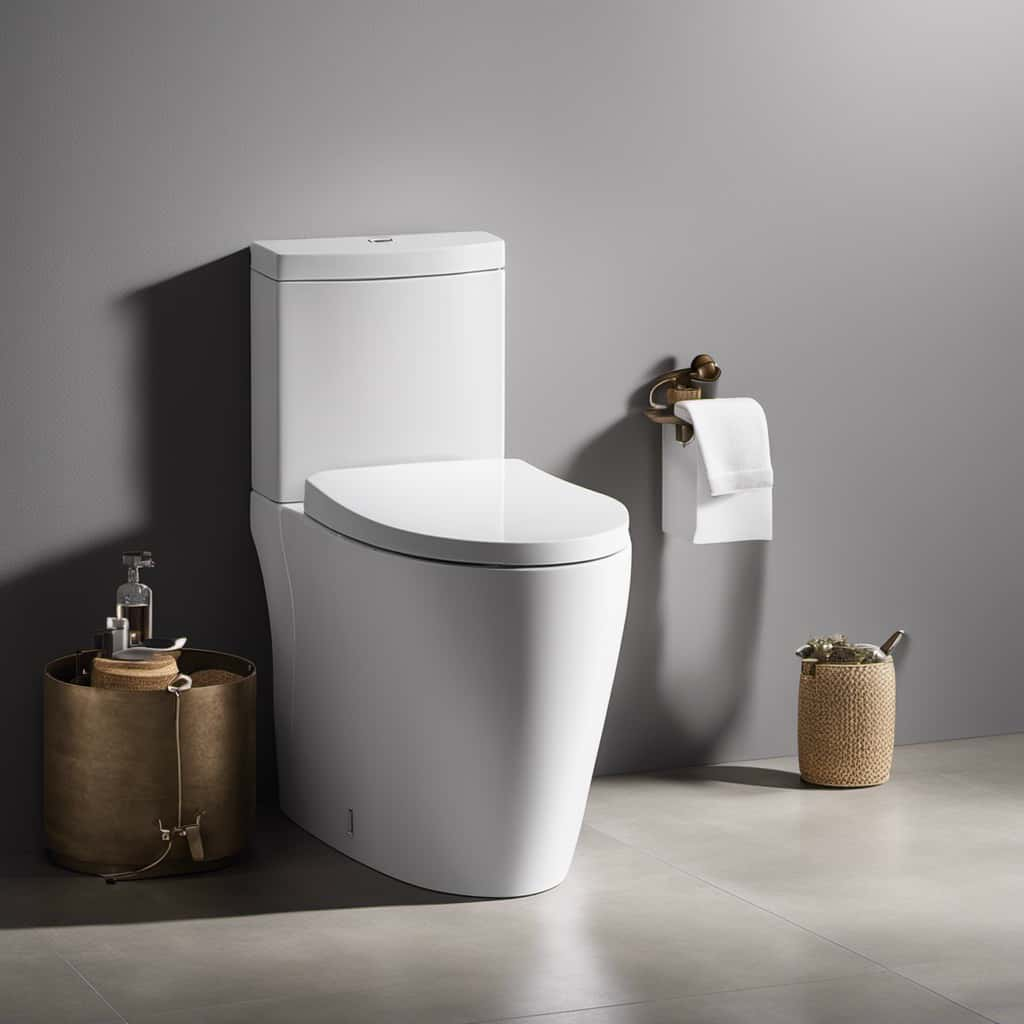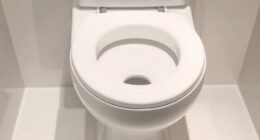Are we guilty of inadvertently causing harm to our environment every time we flush something down the toilet? This is a question that demands our attention as responsible citizens.
In this article, we will explore the potential consequences of our flushing habits, including the environmental impact, plumbing problems, health risks, and the strain on water treatment systems.
By delving into these issues, we can better understand the alternatives available to us and make informed choices that will result in a more sustainable future.
Key Takeaways
- Flushing non-biodegradable items down the toilet can lead to water pollution and disruption of ecological balance.
- Plumbing problems and costs can arise from flushing items that can cause clogs, damage pipes, and result in sewage backups.
- Flushing items like wipes and medication can pose health risks and contaminate waterways, compromising public health.
- Flushing non-biodegradable items can overload wastewater treatment systems, increasing costs for repairs and maintenance.
Environmental Impact of Flushing
When we flush things down the toilet, we’re contributing to the environmental impact of wastewater disposal. This practice can lead to water pollution and disrupt the ecological balance of our ecosystems.
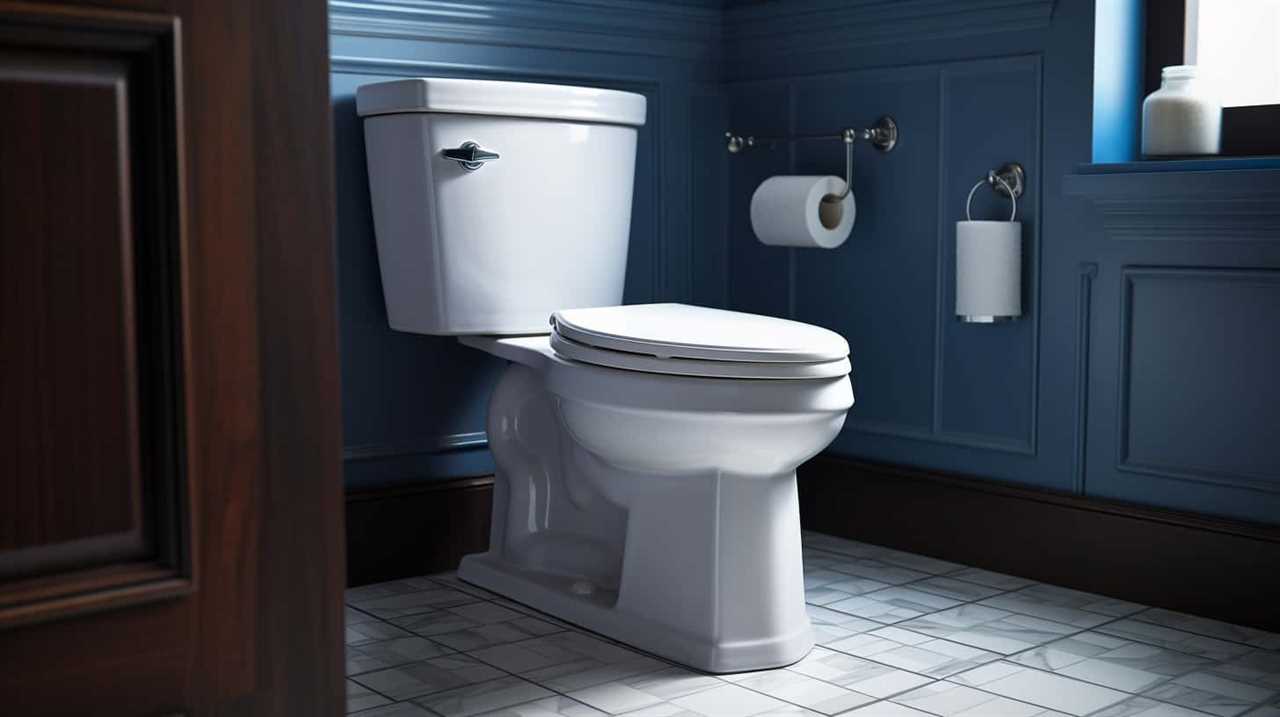
Wastewater from toilets contains various chemicals, contaminants, and pathogens that can harm aquatic life and pollute water sources. These pollutants can accumulate in water bodies, affecting the health and survival of plants and animals.
Additionally, excessive flushing of non-biodegradable items like wipes, tampons, and plastics can clog and damage sewer systems, leading to costly repairs and further environmental degradation.
To minimize the environmental impact of flushing, it’s important to only flush toilet paper and human waste. Proper disposal of other items through recycling or appropriate waste management systems is crucial for maintaining the ecological balance of our water systems.
Plumbing Problems and Costs
Frequently, we encounter plumbing problems and incur costly repairs when we flush things down the toilet that shouldn’t be flushed. Here are some financial consequences and property damage that can result from improper flushing:

- Clogs: Flushing items like wipes, feminine hygiene products, or paper towels can lead to clogged pipes and drains, requiring professional assistance to fix.
- Pipe damage: Non-flushable items can get stuck in the pipes, causing blockages and potentially leading to burst pipes, which can be expensive to repair.
- Sewage backup: Flushing items that don’t break down easily can contribute to sewage backups, resulting in property damage and the need for extensive cleanup.
- Septic system issues: Flushing non-biodegradable materials can disrupt the balance of bacteria in septic systems, leading to costly repairs or replacements.
These plumbing problems can have significant financial consequences and cause extensive property damage. However, they aren’t the only risks associated with flushing items down the toilet.
Health Risks of Flushing
Flushing non-biodegradable items down the toilet can pose potential health risks for us and our communities. While it may seem convenient to dispose of items this way, it is important to remember that our toilets are not designed to handle anything other than human waste and toilet paper. When we flush items such as wipes, feminine hygiene products, or medication, they can clog our plumbing systems and cause backups, leading to costly repairs. Moreover, these items can end up in our waterways, polluting the environment and compromising public health.
To illustrate the severity of this issue, let’s take a look at the table below:
| Item Flushed | Health Risks |
|---|---|
| Wipes | Clogs pipes and sewage systems, leading to backups and contamination of water sources |
| Medication | Chemicals can leach into water sources, affecting aquatic life and potentially entering our drinking water |
| Feminine hygiene products | Can cause blockages and backups, leading to unhygienic conditions and potential spread of infections |
| Plastic items | Non-biodegradable materials can accumulate in water bodies, harming marine life and affecting ecosystem balance |
Impact on Water Treatment Systems
As we continue our exploration of the consequences of flushing non-biodegradable items down the toilet, it’s important to consider the impact on water treatment systems. Flushing such items can lead to wastewater contamination and sewage system overload, causing significant problems for the treatment process.
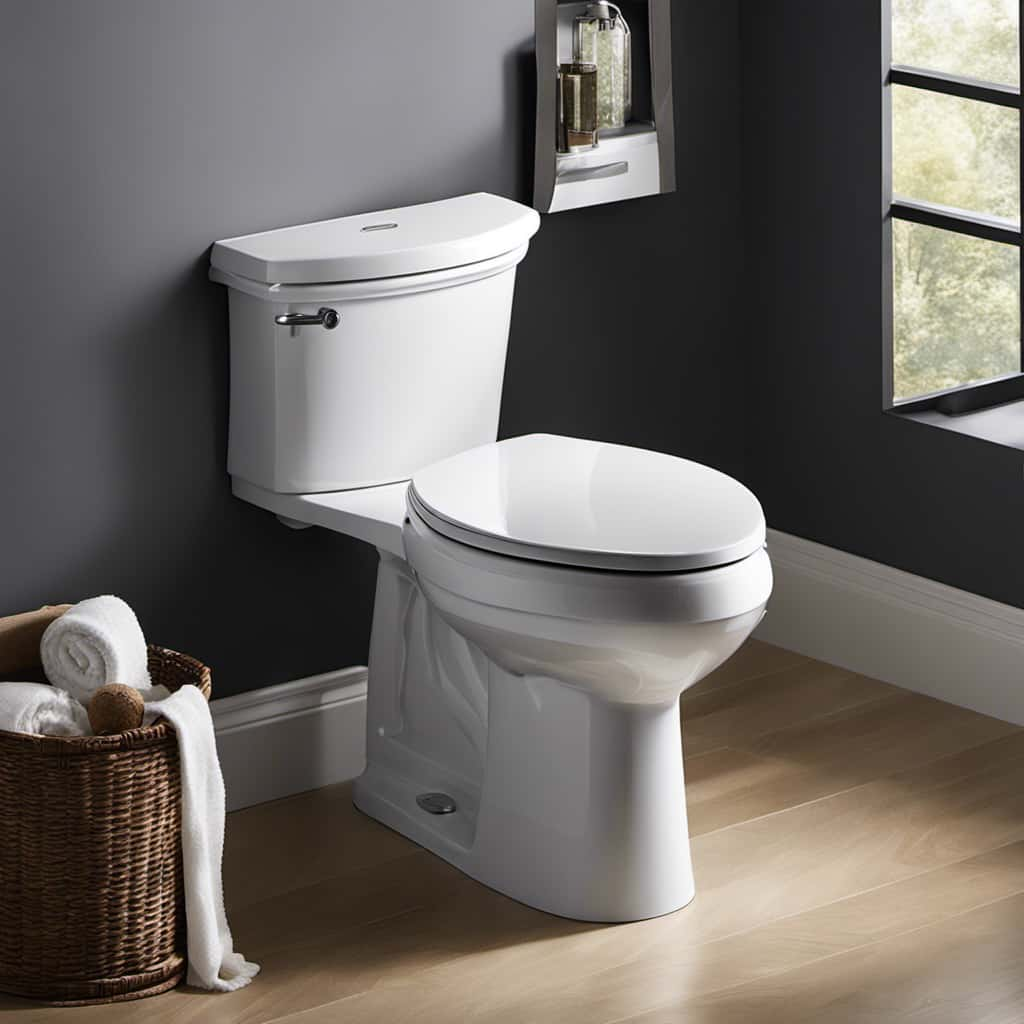
Here are some key points to understand:
- Wastewater contamination: Flushing items like plastics, wipes, and chemicals can introduce harmful substances into the wastewater stream. These contaminants can be difficult to remove during the treatment process and may end up polluting water bodies.
- Sewage system overload: Non-biodegradable items can clog pipes and overwhelm sewage systems, leading to backups and overflows. This not only disrupts the treatment process but also poses health and environmental risks.
- Increased costs: Dealing with the consequences of flushing non-biodegradable items requires additional resources, such as repairs, maintenance, and increased energy consumption. These costs ultimately impact water treatment facilities and, in turn, consumers.
- Public awareness and education: Promoting responsible flushing habits and educating the public about the potential impacts on water treatment systems can help mitigate these problems.
Understanding the consequences of flushing non-biodegradable items down the toilet is crucial in protecting our water resources and maintaining efficient water treatment systems.
Alternatives to Flushing
To minimize the negative impact on water treatment systems, we can explore alternative methods of disposal for non-biodegradable items. There are several options available that promote water conservation and reduce strain on the sewer system. One alternative is recycling, where materials like plastic bottles, paper, and glass can be properly sorted and recycled instead of being flushed down the toilet. Another option is to dispose of non-biodegradable items in designated waste bins, such as those found in public restrooms or garbage cans. Additionally, composting toilets offer a sustainable solution by converting human waste into compost that can be used as fertilizer. These toilets use natural decomposition processes to break down waste, reducing the need for water and minimizing environmental impact. By adopting these alternatives, we can contribute to a more sustainable and efficient waste management system.
| Alternative Methods of Disposal | Benefits | Considerations |
|---|---|---|
| Recycling | Reduces landfill waste | Requires proper sorting |
| Waste Bins | Convenient and accessible | Regular maintenance required |
| Composting Toilets | Water conservation and fertilizer production | Requires additional space and maintenance |
Frequently Asked Questions
Can Flushing Non-Biodegradable Items Down the Toilet Lead to Water Pollution?
Flushing non-biodegradable items down the toilet can lead to water pollution. It’s important to consider toilet paper alternatives and be mindful of the impact of flushing chemicals, as they can harm our environment.
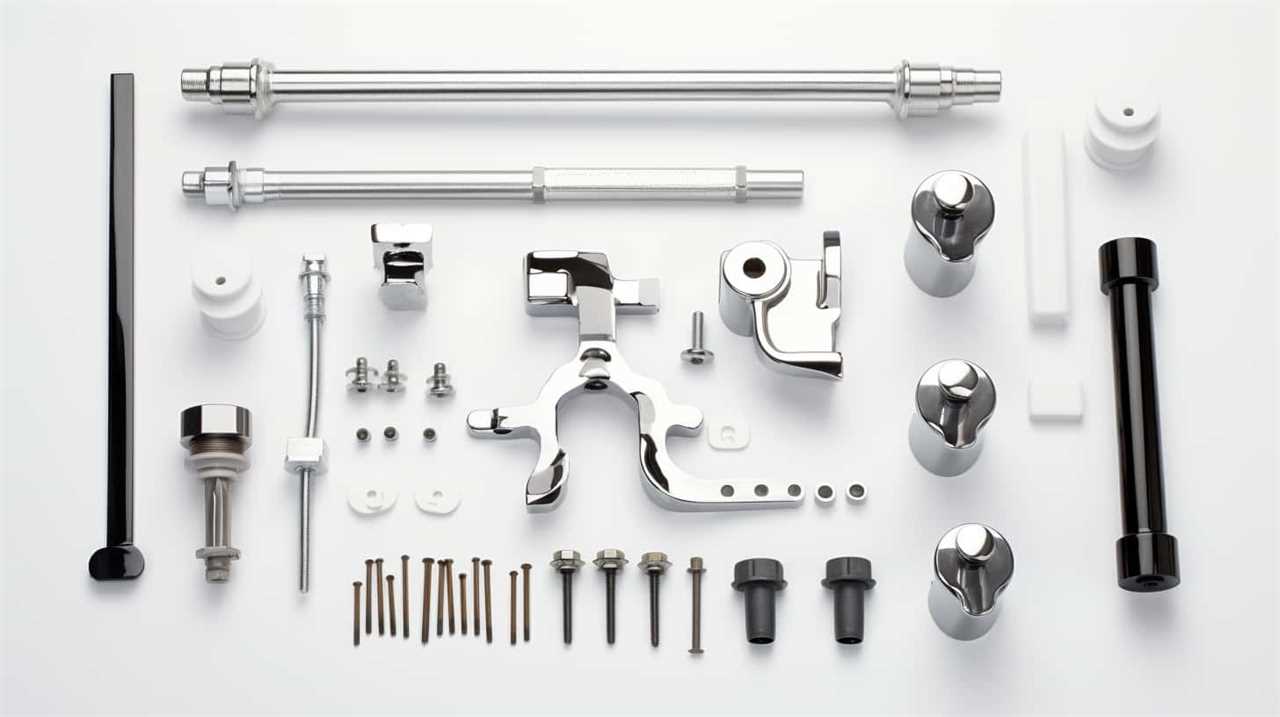
What Are the Most Common Plumbing Problems Caused by Flushing Improper Items?
Toilet clogs and pipe blockages are common plumbing problems caused by flushing improper items. These issues can lead to costly repairs and inconvenience. It’s important to only flush biodegradable materials to prevent these issues.
Are There Any Health Risks Associated With Flushing Sanitary Products?
There can be health risks associated with flushing sanitary products. It is important to properly dispose of these items to prevent clogs, damage to plumbing systems, and potential contamination of water sources.
How Does Flushing Medication Down the Toilet Affect Water Treatment Systems?
Flushing medication down the toilet can have a significant impact on water treatment systems. It can lead to water contamination and cause environmental harm. It’s important to dispose of medication properly to avoid these issues.
What Are Some Eco-Friendly Alternatives to Flushing Items Down the Toilet?
When looking for eco-friendly disposal options, there are plenty of sustainable alternatives to flushing items down the toilet. Recycling, composting, and using designated waste bins are all responsible ways to dispose of various items.
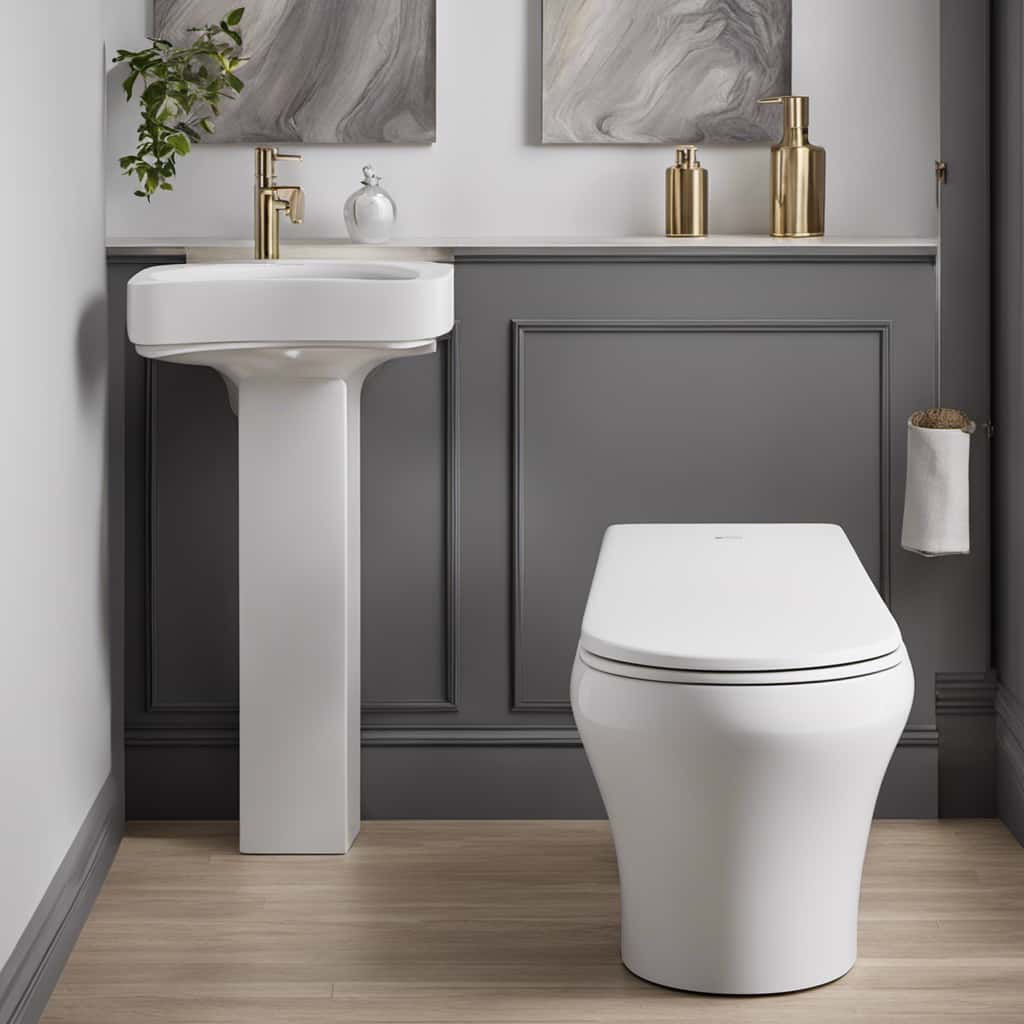
Conclusion
In conclusion, while it may seem convenient to flush certain items down the toilet, it’s important to consider the negative impacts it can have on the environment, plumbing systems, and water treatment plants.
However, there are alternatives available such as proper waste disposal methods and using designated bins for certain items. By making small changes in our habits, we can all contribute to a healthier and more sustainable future.
So let’s choose wisely and keep our toilets for their intended purpose.

